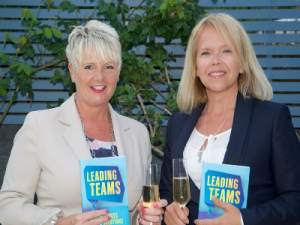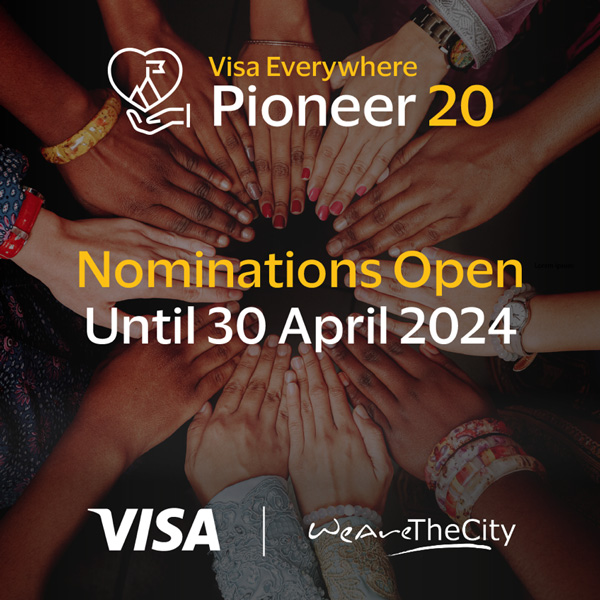 Are you afraid of conflict? Many people are. People avoid conflict like a bad virus, feeling uncomfortable when things get difficult, fearing that addressing issues will create more issues and may even escalate the conflict. But it doesn’t have to be a bad thing. Conflict and tensions between people are very common though. This isn’t strange – we all have different opinions, which is technically what conflict is – a difference of opinion. Nothing more, nothing less. Just because we look differently at something doesn’t mean we have to create tensions or full-blown conflicts with others. Conflicting opinions can be the source of healthy debates, great innovation and needed change, meaning we get even better results.
Are you afraid of conflict? Many people are. People avoid conflict like a bad virus, feeling uncomfortable when things get difficult, fearing that addressing issues will create more issues and may even escalate the conflict. But it doesn’t have to be a bad thing. Conflict and tensions between people are very common though. This isn’t strange – we all have different opinions, which is technically what conflict is – a difference of opinion. Nothing more, nothing less. Just because we look differently at something doesn’t mean we have to create tensions or full-blown conflicts with others. Conflicting opinions can be the source of healthy debates, great innovation and needed change, meaning we get even better results.
We recently worked with a team with a very competitive culture. This had lead to them working in isolation, only coming together to report on results. These sessions became unproductive “look at me” competitions, where colleagues criticised each other’s strategies and plans. Needless to say, this only deepened the conflict and tensions between them. Something had to change.
A competitive environment doesn’t have to lead to conflict. Healthy competition is a good thing. When issues are discussed and shared then it makes the team and indeed the individuals even stronger and they get better results.
Personal differences, conflicting goals and competitive behaviours are indeed some of the reasons why conflict and tension occurs.
You could say that there is an inherent power in conflict and tension, which can give a team or an organisation the boost that it needs to move forward, to become more effective. If there is no conflict, things simply remain the same, and in a world that is in constant evolution, maintaining the status quo is just not enough for a business that wants to thrive. Continuous innovation is a necessity for survival.
Let’s have a look at some solutions to overcome these hurdles to teamwork and success – and how to make different opinions into something productive.
- Welcome it. The first step to managing conflict is to welcome it, rather than fearing it. When two people or more are having different opinions, start by viewing it as a good thing, think “okay, we have some differing views here, what can we learn from each of the different views?” There’s no need to think in terms of “right and wrong” – who’s to be the judge of that anyway?
- Communicate, communicate, communicate. Conflict and tensions is often the result of lack of communication, of incorrect assumptions and unnecessary assumptions. If you’re the leader, communicate openly with your team at regular intervals. If you are a member of the team speak up and communicate, do your bit for the team to create the right atmosphere.
- Ask questions. This is of course part of communication, to ask good questions – in order to deepen awareness and understanding. One of the things the team mentioned above did to overcome their conflict, was to take an interest in each other’s strategies and plans and ask questions about the approach. Just questions, not judgments. It may seem like a small difference, but it makes all the difference.
- Assume positive intent. By doing so, you open up to the other person. You look for the positive, the possibilities, the possible connections into what you are doing. If someone is competitive for example; see the positive intent behind that rather than going into a competitive mode yourself. Use questions to get a discussion going, rather than shutting the door to collaboration.
- Connect all team members’ goals. If there is competitive behaviour in your team, then having connected goals will make that competitive behaviour impossible to carry on with. If each team member is goaled not just on his/her individual performance but also the performance of the team overall, then it brings out collaborative behaviour instead. If you are a team member look for the alignment in goals yourself, don’t wait to be asked.
Whatever approach you take, think carefully about how you communicate. Think about what you say and how you say it when your opinion differs from somebody else’s. There’s a difference between saying “What do you mean by that?!” and saying ”That’s really interesting, I hadn’t thought about it quite like that. Tell me more about it.”
Workplace conflict can be a good thing, a very good thing even, and should definitely not be feared but addressed. Managing team conflict is everyone’s responsibility.
Team members who have experienced conflict and resolved it, grow stronger together.
So don’t fear conflict, welcome it for its innovative powers and use it carefully and respectfully.
 About the authors
About the authors
Mandy Flint & Elisabet Vinberg Hearn, award-winning authors of ”The Team Formula”.
Their new book ”Leading Teams – 10 Challenges: 10 Solutions” is out now, published by Financial Times International.
Praise for ”Leading Teams: ”This book is a 21st-century guide on how to build a world-class team. I highly recommend it” Steve Siebold, Founder, Mental Toughness University, Florida USA.







